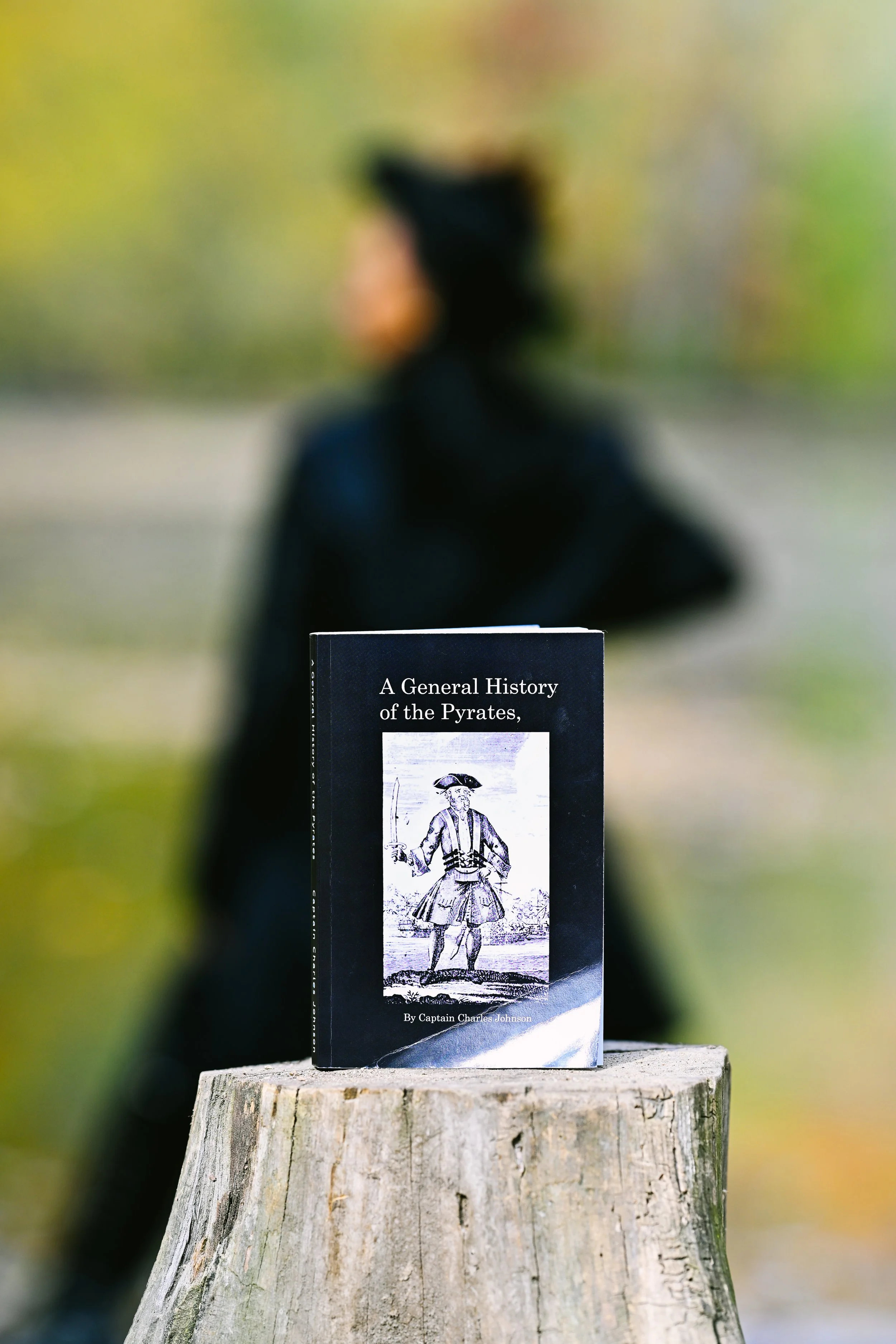“A General History of the Pyrates” and the legacy of Anny Bonny
Published in 1724 under the name Captain Charles Johnson, A General History of the Pyrates is one of the most fascinating and influential works of the eighteenth century. Though there’s still debate over who actually wrote it some even say Daniel Defoe wrote it. Yet, it remains a vivid mix of fact, rumor, and storytelling. The book gathers the lives and exploits of the most notorious pirates who sailed during what’s often called the Golden Age of Piracy.
What makes this text so important in eighteenth-century literature is how it merges history with myth. It doesn’t just list names and crimes; it creates an entire world of adventure, rebellion, and danger. Pirates in this book become more than criminals they’re transformed into symbols of freedom, risk, and defiance. This blend of reality and imagination would later shape how literature and even pop culture romanticized the pirate figure.
Among these stories, Anne Bonny’s stands out the most. Johnson describes her as bold, fierce, and unwilling to live within society’s narrow expectations for women. Dressed as a man, she sailed and fought alongside Calico Jack Rackham and Mary Read, proving herself just as capable as any of her male counterparts. What’s striking about Anne Bonny’s story is that she didn’t disguise herself to hide who she was. She did it to express her independence and power. She’s remembered as a woman who stepped outside her time and dared to live on her own terms.
A General History of the Pyrates remains more than just a historical record. It gave voice to characters like Anne Bonny, who continue to inspire readers and creators centuries later. The book is both a window into the past and a mirror reflecting timeless human desires for freedom, adventure, and self-definition.

